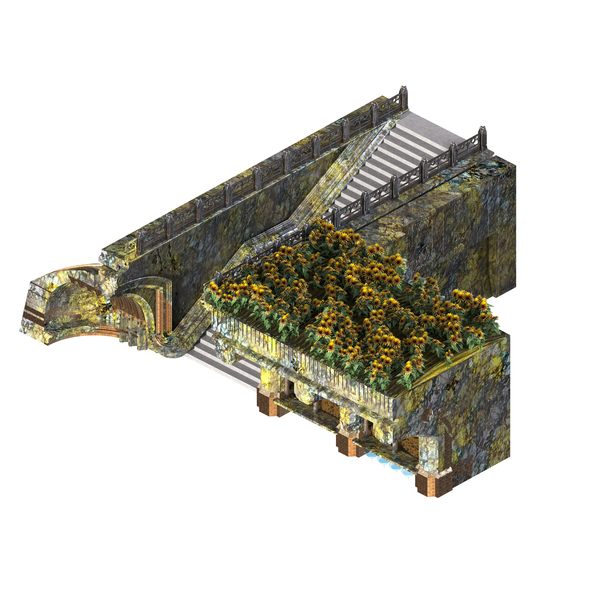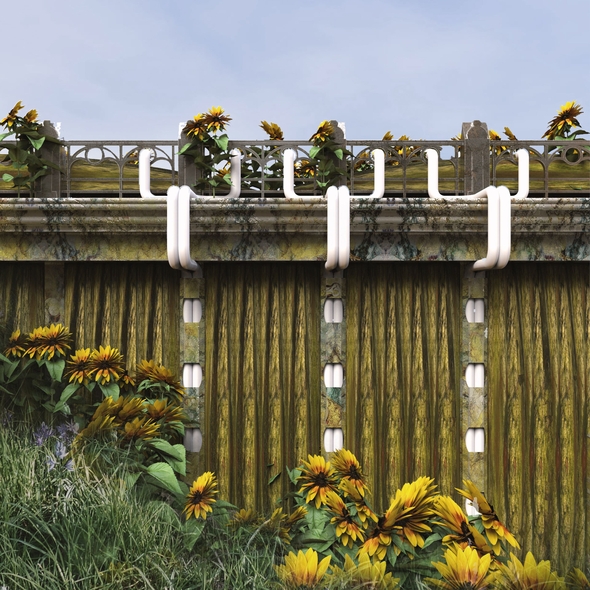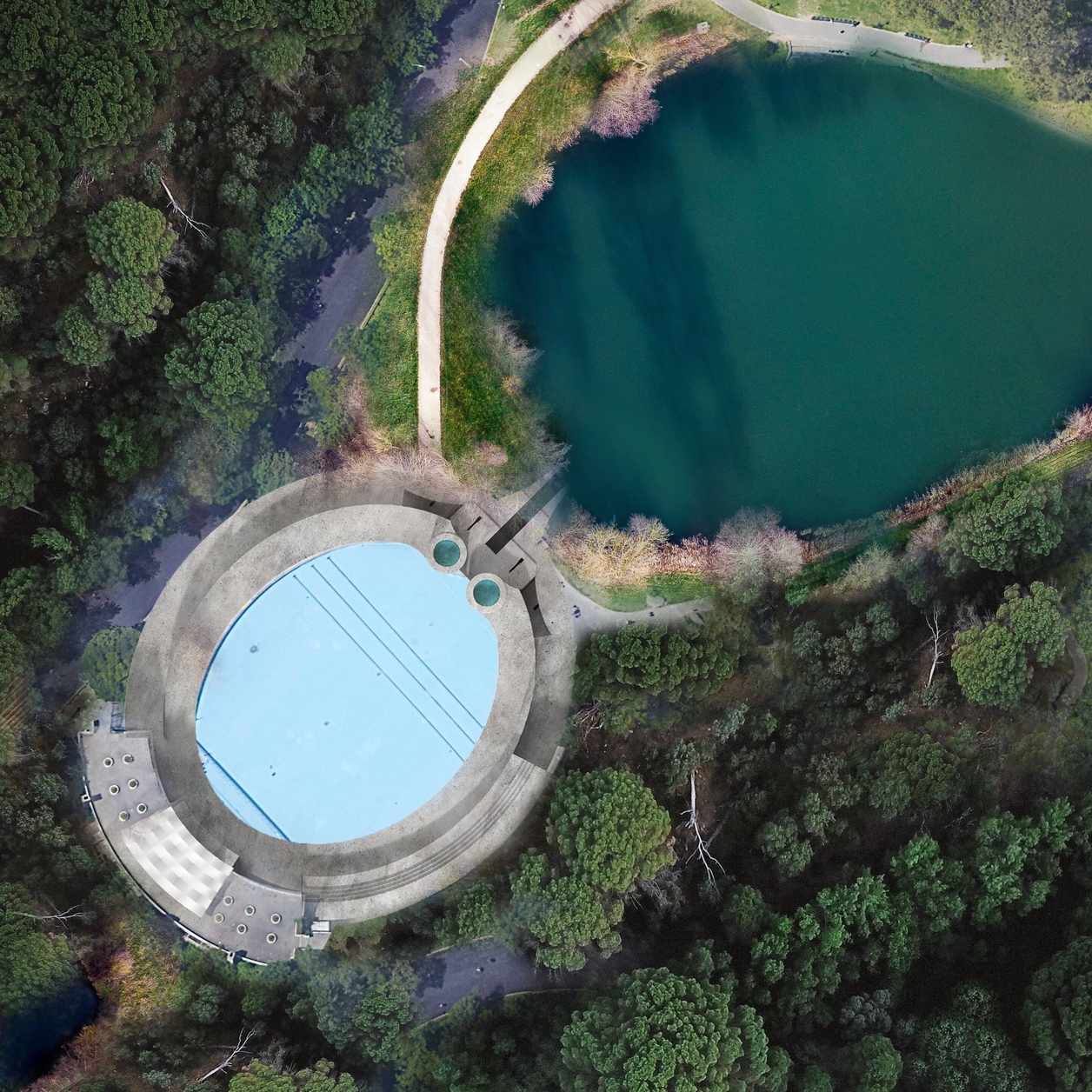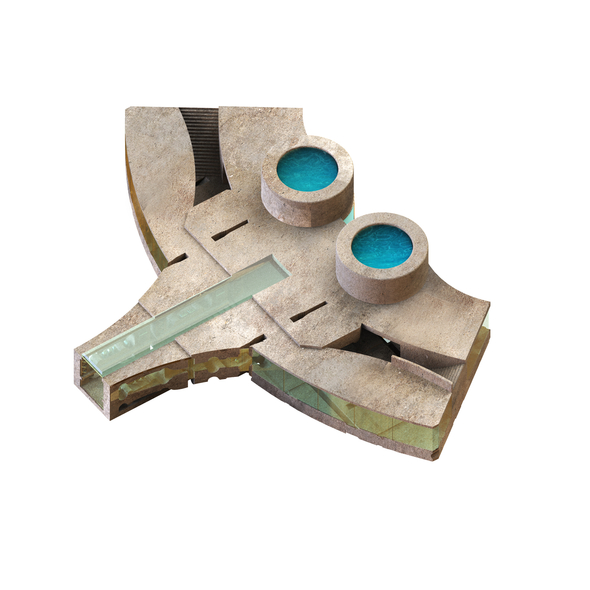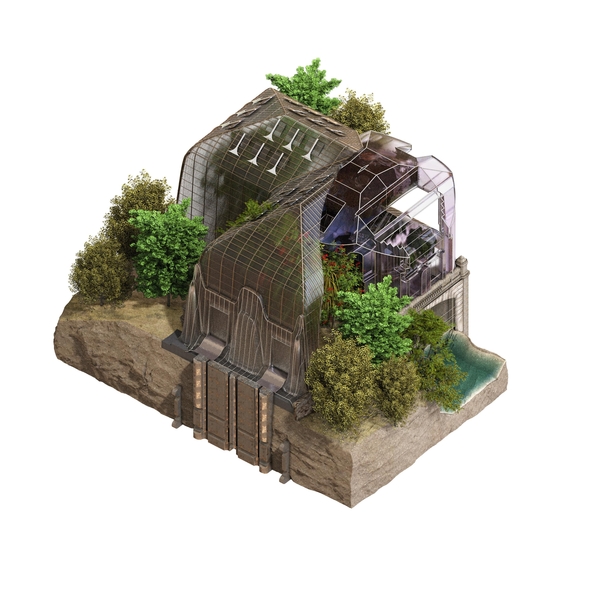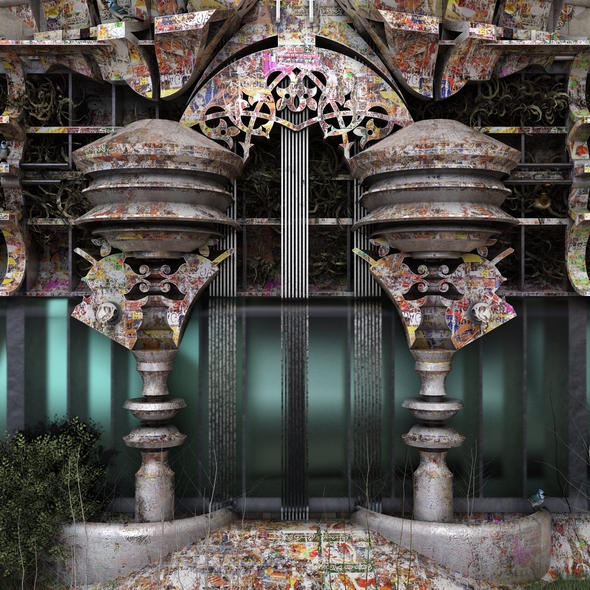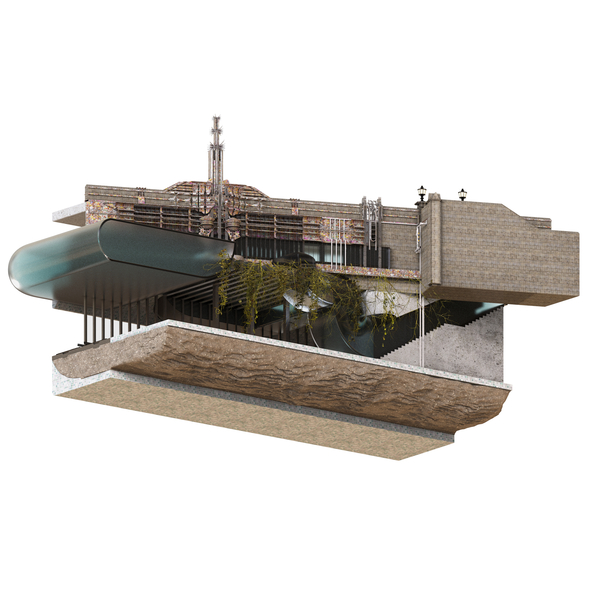Thesis: Julianna Cano
Spectral Minutiae: The Making of a Tiny Terrapolis in the Park
This thesis aims to conceptualize a new contemporary park; one that challenges our culture’s perception of nature and anthropocentric ideologies. New York City’s Central Park serves as the case study to test out new ideas of public space through the implementation of a series of spectral follies. These follies are comprised of the Park’s many fragments including its forgotten objects, diverse species, evolving flora, cultural symbols, and urban architecture, in an effort to dissolve established societal constructs that Donna Haraway refers to as “troubling dualisms”.
The role of the Spectral Folly is to interrogate our relationship with nature and call attention to our grotesque subjugation of natural resources. These follies are equally seductive and bizarre. From afar their beauty is enchanting, pulling your gaze towards them, but upon a closer look, their darker reality starts to become apparent. Their presence within the park communicates a unique narrative, one that forces us to face our real relationship with “nature”. These follies operate on the fuzzy boundary between reality or our perception of an idealized nature and the symbiotic real.
This thesis argues that an unconventional guide is necessary to facilitate a new design methodology that operates on this fuzzy boundary. Salvador Dali is the fitting character to help take on this daunting task. Dali’s artwork and larger theories of the 1930’s including his paranoia critical method support the dismantling of hierarchical biases and echo similar sentiments to that of contemporary object-oriented thinkers. Dali often used the term deterritorialization to refer to an object’s misappropriation, which for him was essential for an object to transition into a “thing”, free from human subjugation.
According to Dali, deterritorialization was best exemplified through the transformation of the tiny object, for its withdrawn qualities are most obvious once detached from its larger counterparts. Salvador Dali was infatuated with tiny objects and devoted his practice to capturing their elegance with the upmost objectivity. Dali defined elegance as beauty exhibited by an object’s “resistance to serving any subject who would seek to use them”. Art Historian Roger Rothman points out the similarity of his ideas to that of philosopher Graham Harman, reminding us that for Harman “the allure of the beautiful object… [is] a kind of soul animating the features from within, leading to vertigo or even hypnosis in the witness’ … [while] Dalí had a different word for objects that provoked such vertigo or hypnosis. He called it spectrality”.
These Spectral Follies take us on a hypnotizing journey through Central Park, dissolving programmatic and cultural boundaries while enabling a new way of seeing and bringing to the foreground our complex relationship with nature.


